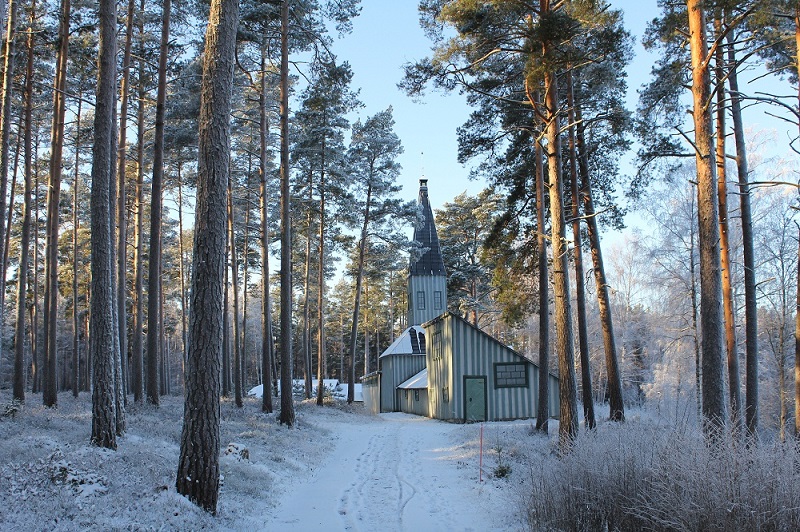In English
Welcome to The Emil Cedercreutz Museum!
The Emil Cedercreutz Museum is a captivating tourist attraction in the Satakunta region – a meeting place for the past, the present and the future.
The museum is based on the lifetime work of Baron Emil Cedercreutz: the art museum collection, the Harjula Artist`s Home and the Temple of the Rural Spirit.
The museum is owned by the Emil Cedercreutz Foundation and maintained by the town of Harjavalta. It is further supported by Harjulan Kilta ry (Harjula folklore society). Its cooperation partner is Satakunnan Historiallinen Seura ry (Satakunta history society).
Baron Emil Herman Robert Cedercreutz (1879-1949)
A Sculptor and an Artist
Emil Cedercreutz was a versatile artist: a sculptor, a silhouette artist, a collector of folklore and fine arts, an author and an active member of society in the Satakunta region.
Emil Cedercreutz was brought up and educated at his childhood manor house in Köyliö. At the request of his family he initially studied law, but on the recommendation of the renowned Finnish painter Albert Edelfelt, was soon able to begin study art in the newly established sculpting studies track of the Finnish Academy of Art, where he was taught by Victor Malmberg. Cedercreutz was the first officially trained sculptor in Finland, and continued his studies in the artistic centres of Europe, in Brussels, Rome and Paris.
Cedercreutz reformed Finnish sculpting. He introduced the themes of work and everyday life, and as a fresh approach, left his sculptures momentary and naturalistic. Cedercreutz was one of the first representatives of the impressionistic and realistic sculpting style in Finland. The sculptures of Emil Cedercreutz often featured everyday farming work. Horses were his most cherished theme.
The museum`s collection includes more than 600 sculptures and reliefs by Emil Cedercreutz. His monuments and reliefs can be found in several locations in Finland. Some of the larger ones have been erected as public monuments.
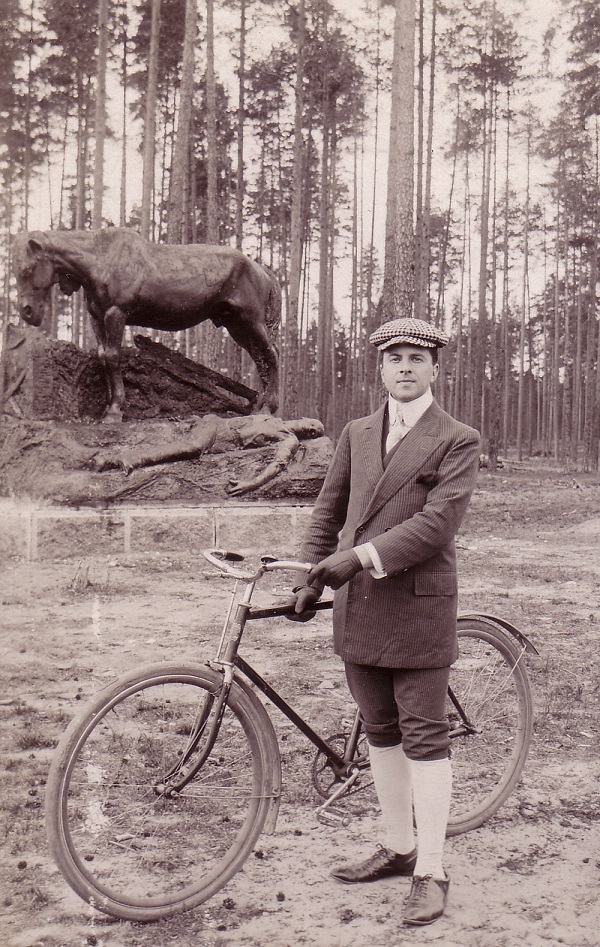
Harjula – The artist’s home
Emil Cedercreutz designed Harjula and had it built on the bank of the river Kokemäenjoki using traditional building materials from a demolished farmhouse. The original and homely Harjula was completed in 1914.
The artist crystallised his philosophy of life in the words on the front door: Memento vivere – remember to live.

Art museum
The art museum was founded in 1956 with works of art from Emil Cedercreutz`s private collection. The basic collection consists of Emil Cedercreutz`s sculptures and silhouettes and his private collection. It has been further complemented with paintings by Into Linturi, works of art donated by Mr Pertti Ala-Outinen and silhouette works by Mr Eero Manninen. The museum in continuing to develop and expand its collection of art from the Satakunta region.
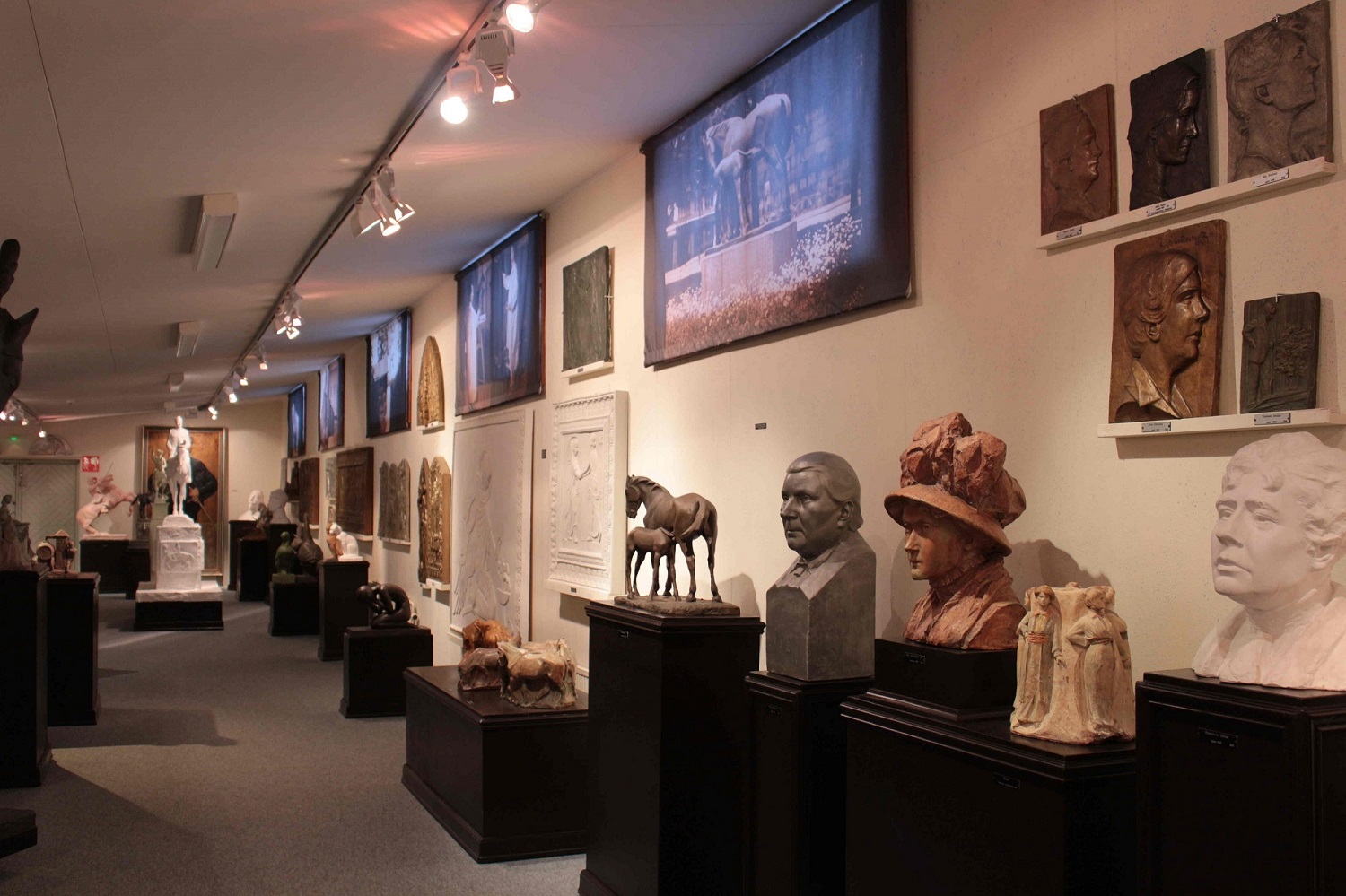
Core exhibitions
Työn jälkeen (After the work)
A presentation of Emil Cedercreutz`s sculptures and reliefs.
Silhouette exhibition
A display of Emil Cedercreutz`s masterly cutting technique and a wide range of themes from horses, domestic animals and portraits to book illustrations.
Finnish paintings and sculptures
Finnish paintings and sculptures from the beginning of the 20th century from Emil Cedercreutz´s collection. The Harjula Artist`s Home presents both Finnish and international sculptures and paintings.
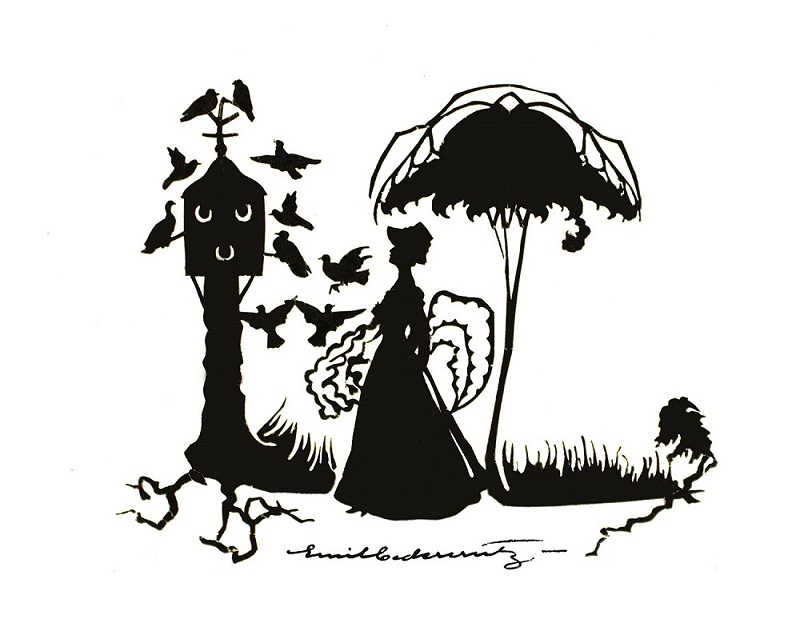
Silhouette by Emil Cedercreutz. Photo © Emil Cedercreutz Museum
The Temple of the Rural Spirit
The idea emerged in 1949 to replace The Temple of the Rural Spirit with a new museum building to ensure the preservation of the collections. Architect Jonas Cedercreutz drew up the plans, which were completed in 1963. The building was constructed in three stages in 1971, 1977 and 1996. Architect Mariana Cedercreutz drew up the plans for the last section, which was the first museum in Finland to receive cofinancing from the European Union
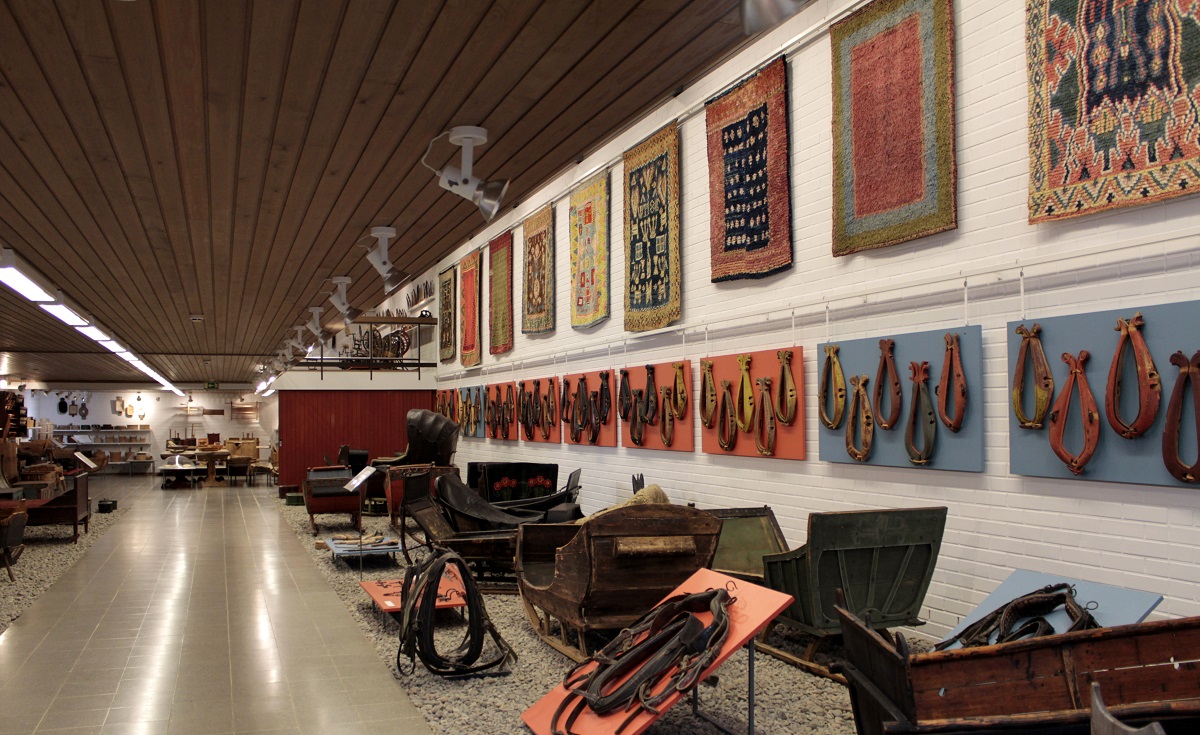
The Original Temple of the Rural Spirit
Cedercreutz first had the idea of setting up a museum to increase the appreciation of the farmer`s work in 1904, but did not implement it until 1916. The museum was intended to be ”an overture to the hymn of farming, a song of praise for the unity between Earth, the Sun and Man”. Cedercreutz collected objects illustrating life in the rural areas of the Satakunta region for the museum. Slowly, in six phases throughout the years 1916-1941, the museum expanded to cover local culture as well. The aim was to present visitors with the life and work of their ancestors.
